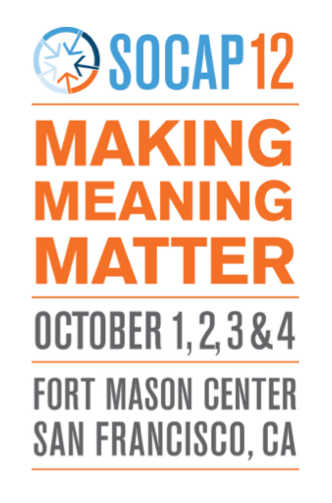I would flip this statement around and say that I am making matter have meaning. Helping people to see the value of things they previously dismissed is at the heart of everything I do.
This goal is at its most basic and direct in my organization’s work to equip labs around the world. Every day, the well-funded research institutions of the public and private sector replace and upgrade their equipment. They replace old instruments with newer ones, upgrade devices to models that are faster, can hold more samples, have more features. This is perfectly understandable. The laboratories developing our medicines or testing our foods should be working with state-of-the-art tools. The issue is what they do with the models that are replaced. We are so accustomed to discarding unwanted things, to making the assumption that it is too hard to find other uses for them. I want to make sure that these are never again viewed as trash. Many of the lab devices that are unneeded are still in good working order and still new enough to be incredibly valuable to someone doing basic research and teaching students. What was missing was a system to divert useful equipment away from disposal or storage, and into the hands of people who can make good use of it. That is what we have created. By providing a centralized mechanism to pool the surplus equipment of research institutions and make it affordable to vetted institutions around the world, what we are really doing is capturing and demonstrating the meaning inherent in what was otherwise dismissed as useless matter. Every piece of equipment fuels a story – from the scientist who waited 14 years for the one device to continue his research to the classroom full of students who can test their samples in seconds. These are no longer inanimate objects. They are the materials that fuel educations, careers, and discoveries, and everyone can understand that.
And that is the next layer of meaning that matters: the connection between the people at each end of that equipment transaction. During the last fifty years of dramatic scientific progress, these researchers largely have been separated from each other. A scientist from Cameroon rarely meets a scientist from Cambridge. They don’t know about each other’s work, don’t get to share their ideas or challenges, and most of all don’t get to collaborate on new projects together. By bringing these individuals together through humble pieces of lab equipment, we give them the chance to see how much they have in common. They learn about the importance of research topics they haven’t thought of before. Their different approaches and perspectives can unlock blocked experiments. Most of all, my hope is that they build relationships that generate meaning far beyond the lifetime of the material equipment that sparked them.
Tags: social enterprise
